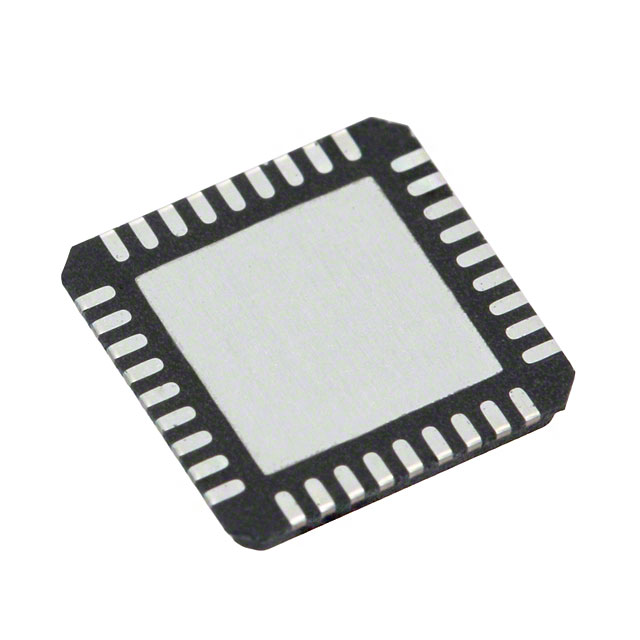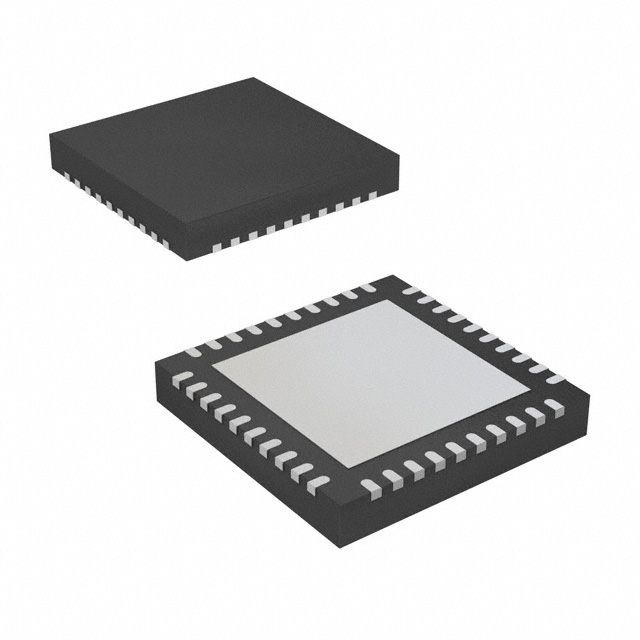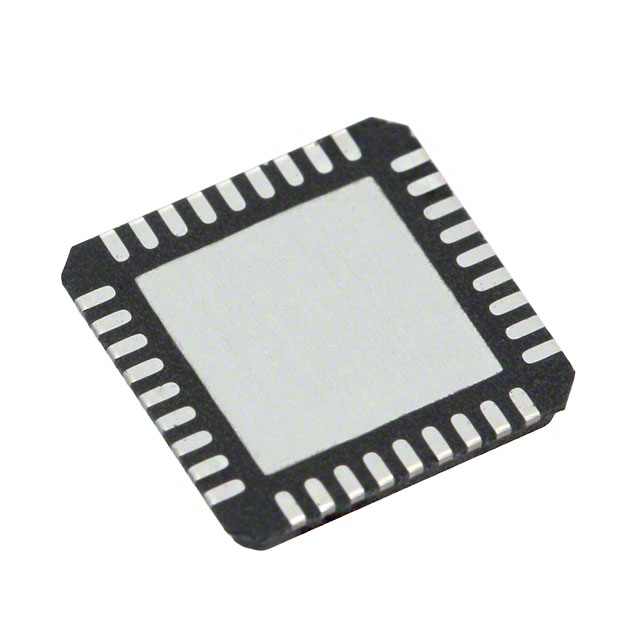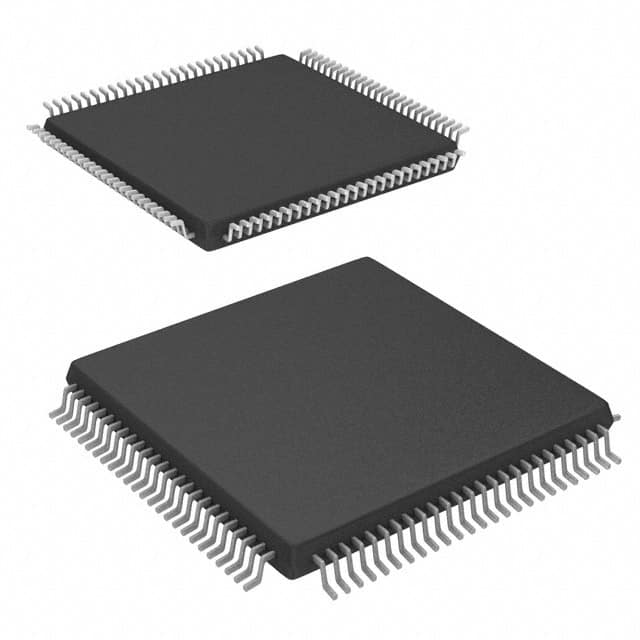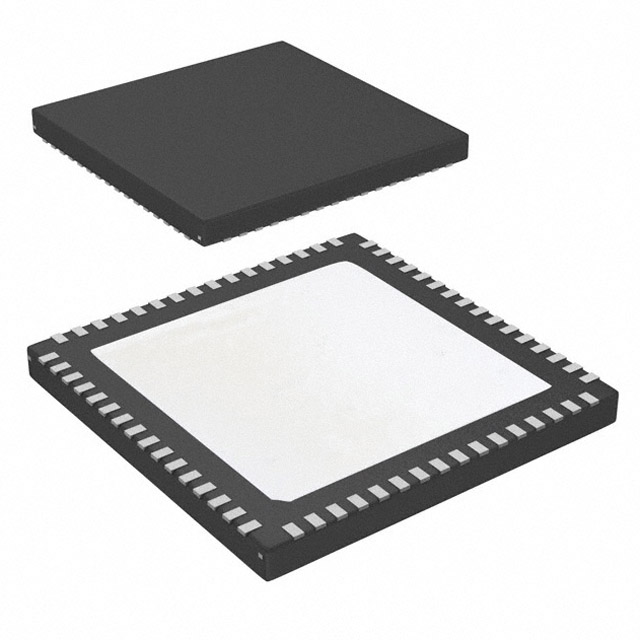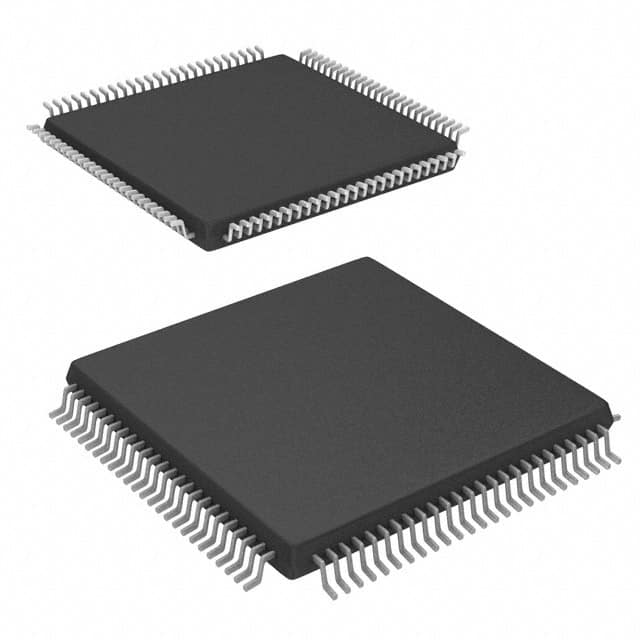SI5326B-C-GMR Product Introduction:
Skyworks Solutions Inc. Part Number SI5326B-C-GMR(Clock/Timing - Clock Generators, PLLs, Frequency Synthesizers), developed and manufactured by Skyworks Solutions Inc., distributed globally by Jinftry. We distribute various electronic components from world-renowned brands and provide one-stop services, making us a trusted global electronic component distributor.
SI5326B-C-GMR is one of the part numbers distributed by Jinftry, and you can learn about its specifications/configurations, package/case, Datasheet, and other information here. Electronic components are affected by supply and demand, and prices fluctuate frequently. If you have a demand, please do not hesitate to send us an RFQ or email us immediately sales@jinftry.com Please inquire about the real-time unit price, Data Code, Lead time, payment terms, and any other information you would like to know. We will do our best to provide you with a quotation and reply as soon as possible.
Introducing the SI5326B-C-GMR, the latest innovation from Skyworks Solutions Inc. This cutting-edge product is designed to revolutionize the field of wireless communication with its advanced features and unparalleled performance.
The SI5326B-C-GMR is a highly integrated, low-jitter clock generator and jitter attenuator. It offers a wide range of output frequencies, from 1 kHz to 710 MHz, making it suitable for a variety of applications. With its low phase noise and excellent jitter performance, this product ensures reliable and high-quality signal transmission.
One of the standout features of the SI5326B-C-GMR is its flexible input options. It supports a wide range of input frequencies, including crystal, LVCMOS, and LVDS, providing versatility and compatibility with different systems. Additionally, it offers multiple output formats, such as LVCMOS, LVDS, and LVPECL, allowing seamless integration into various designs.
The SI5326B-C-GMR is ideal for a wide range of applications, including wireless infrastructure, telecommunications, data centers, and industrial automation. Its high-performance clock generation and jitter attenuation capabilities make it perfect for applications that require precise timing and synchronization.
In summary, the SI5326B-C-GMR from Skyworks Solutions Inc. is a game-changer in the field of wireless communication. With its advanced features, flexible input options, and wide range of applications, this product is set to redefine the standards of performance and reliability in the industry.
Clock Generators are circuits or devices used to generate stable and precise pulses of electrical signals. The clock signal generated by it provides a unified time benchmark for various electronic devices, ensuring that the components of the device can synchronize operations and actions.PLL (Phase Locked Loop and phase-locked Loop) is a kind of circuit is used to control the frequency and Phase. It can convert the frequency and phase of an input signal into the frequency and phase of another output signal to realize the synchronization of frequency and phase. Frequency Synthesizers are devices that use one or more standard signals to generate a large number of discrete frequency signals through various technical approaches. It can realize precise control and adjustment of frequency to meet the needs of different application scenarios.
Application
Clock Generators are widely used in computer chips, digital circuits, radio communication, audio and video equipment and other electronic equipment. The clock signal generated by it is the basis for the normal operation of these devices, ensuring the stable transmission and processing of data. PLL (phase-locked Loop) is mainly used to detect and track the frequency and Phase of the input signal and convert it into a stable output signal. It can change the frequency of the input signal to achieve a specific purpose, such as signal synchronization, frequency conversion, etc. Frequency Synthesizers generate a series of high-precision frequency sources with a certain frequency interval through synthesis technology to provide the required frequency signals for various electronic devices. It is widely used in applications requiring accurate frequency control, such as radar, communications, electronic countermeasures and other fields.
FAQ about Clock/Timing - Clock Generators, PLLs, Frequency Synthesizers
-
1. What is the difference between a PLL and a synthesizer?
The main difference between a PLL (phase-locked loop) and a synthesizer lies in their functions and application scenarios. PLL is mainly used to achieve phase locking of the output signal with the input signal, while a synthesizer is used to generate output signals of multiple frequencies.
PLL (Phase Locked Loop) is a circuit used to lock the phase. It consists of three main parts: a phase detector (PD), a low-pass filter (LPF), and a voltage-controlled crystal oscillator (VCO).
A synthesizer is a device used to generate output signals of multiple frequencies. It realizes the frequency synthesis function by adding a frequency divider on the basis of PLL. Synthesizers can be divided into integer frequency synthesizers and fractional frequency synthesizers.
-
2. How does Phase-locked loops(PLL) work?
PLL (phase locked loop) is a feedback control circuit that continuously adjusts the frequency and phase of the internal oscillation signal to synchronize with the input reference signal by comparing the phase difference between the input signal and the feedback signal. PLL is mainly composed of phase detector (PD), loop filter (LF), voltage controlled oscillator (VCO) and optional divider (Divider).
When PLL starts working, the frequency of input reference signal is always different from the inherent oscillation frequency of voltage controlled oscillator, resulting in constant phase difference. The error voltage output by the phase detector is converted into a control voltage through a loop filter and added to the voltage-controlled oscillator, so that its frequency is gradually adjusted to synchronize with the input reference signal and enter the "locked" state. If the frequency and phase of the input reference signal change, the PLL controls the frequency and phase of the voltage-controlled oscillator to track the changes of the input reference signal and re-enter the locked state.
-
3. Why do clocks use PLL?
The reason why clocks use PLL is because PLL can provide a stable high-frequency clock signal to ensure the precise operation and synchronization of electronic systems. PLL (Phase Locked Loop) compares the phase difference between the input signal and the output signal generated by the voltage-controlled oscillator (VCO) and adjusts the frequency of the VCO so that the phase of the output signal is synchronized with the phase of the input signal. This synchronization process is achieved through a closed-loop feedback system, which ensures the stability and accuracy of the clock signal.
The main functions of PLL include:
Providing a stable high-frequency clock signal: PLL generates a stable high-frequency clock based on the reference clock provided by the oscillator to ensure stable circuit timing.
Frequency synthesis: PLL can multiply or divide the frequency of the input signal to generate a clock signal of the required frequency.
Phase control: By adjusting the phase of the output signal, it ensures synchronization with the input signal and reduces phase deviation.
In modern electronic systems, the role of clock signals is very important. It is not only used to synchronize the operation of various components and ensure that key time parameters are within the allowable range, but also regulates the connection speed of data transmission in communication systems. The application of PLL ensures the accuracy and stability of the clock signal and improves the performance and reliability of the entire system.
 Lead free / RoHS Compliant
Lead free / RoHS Compliant



